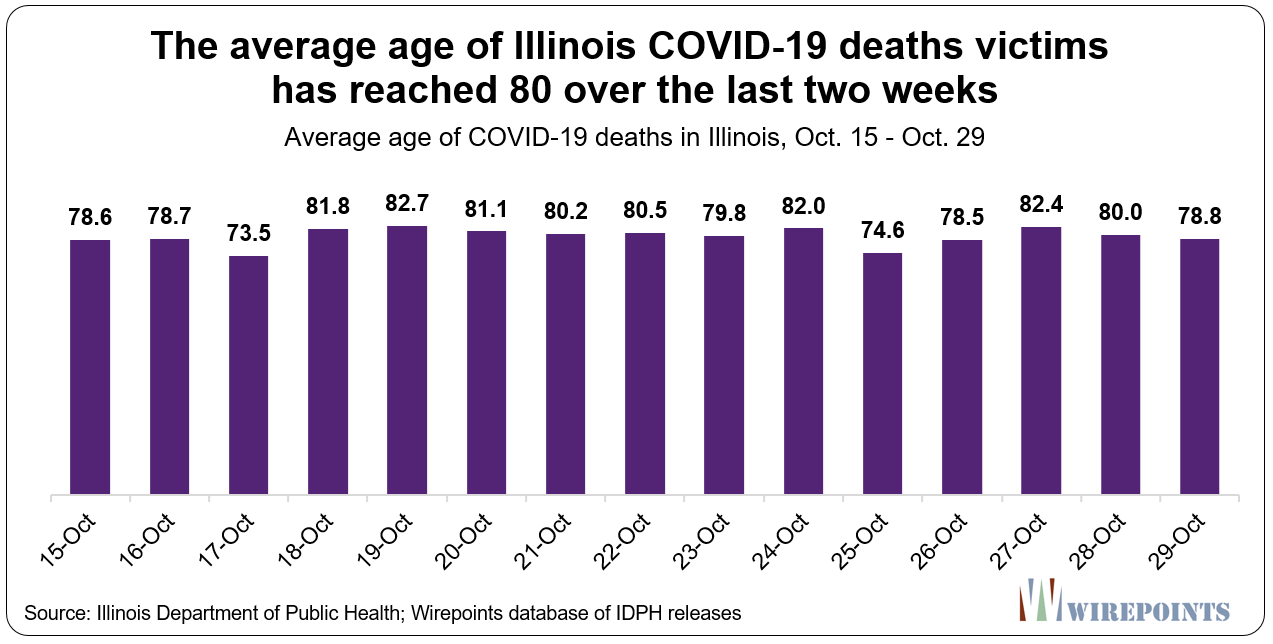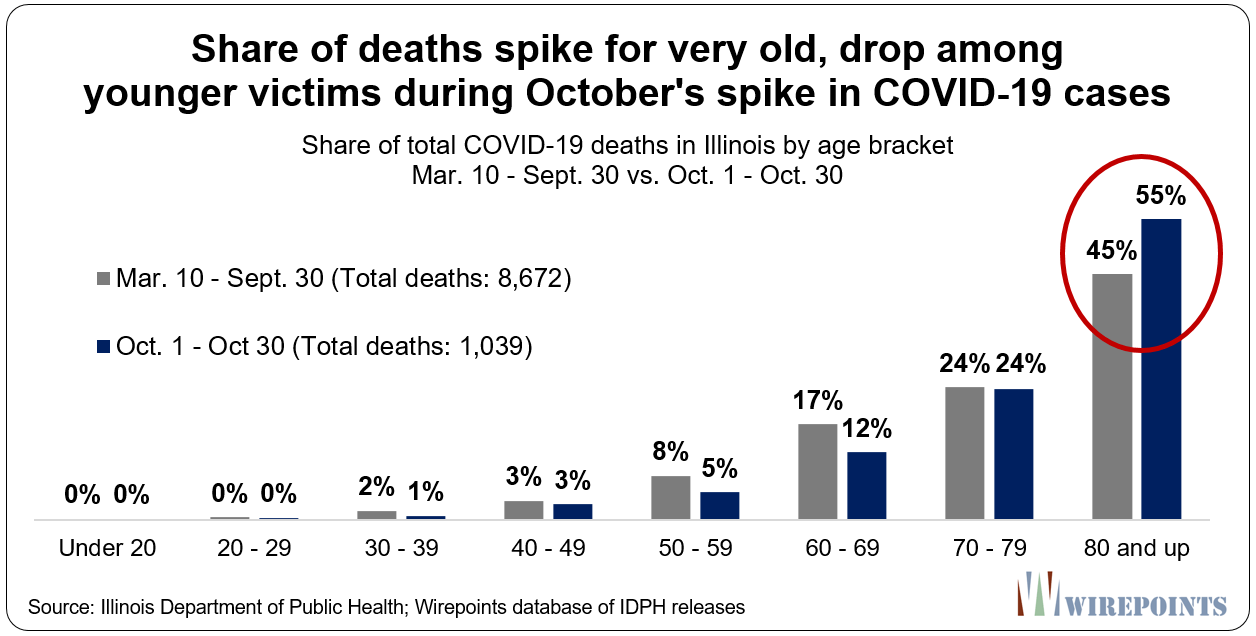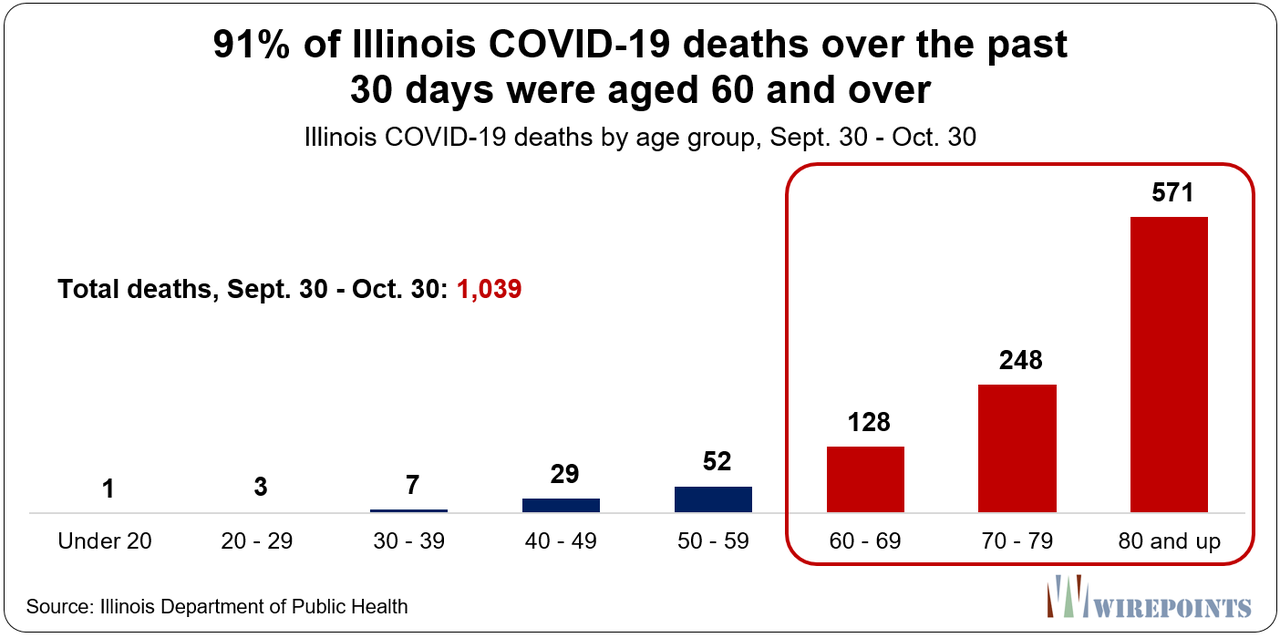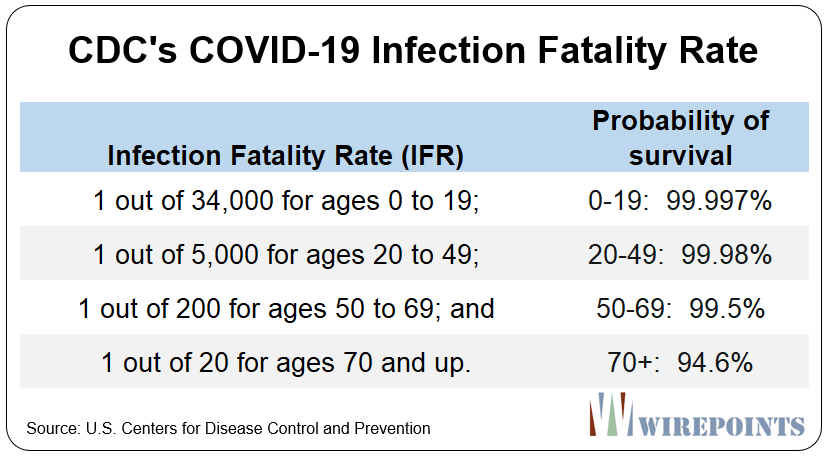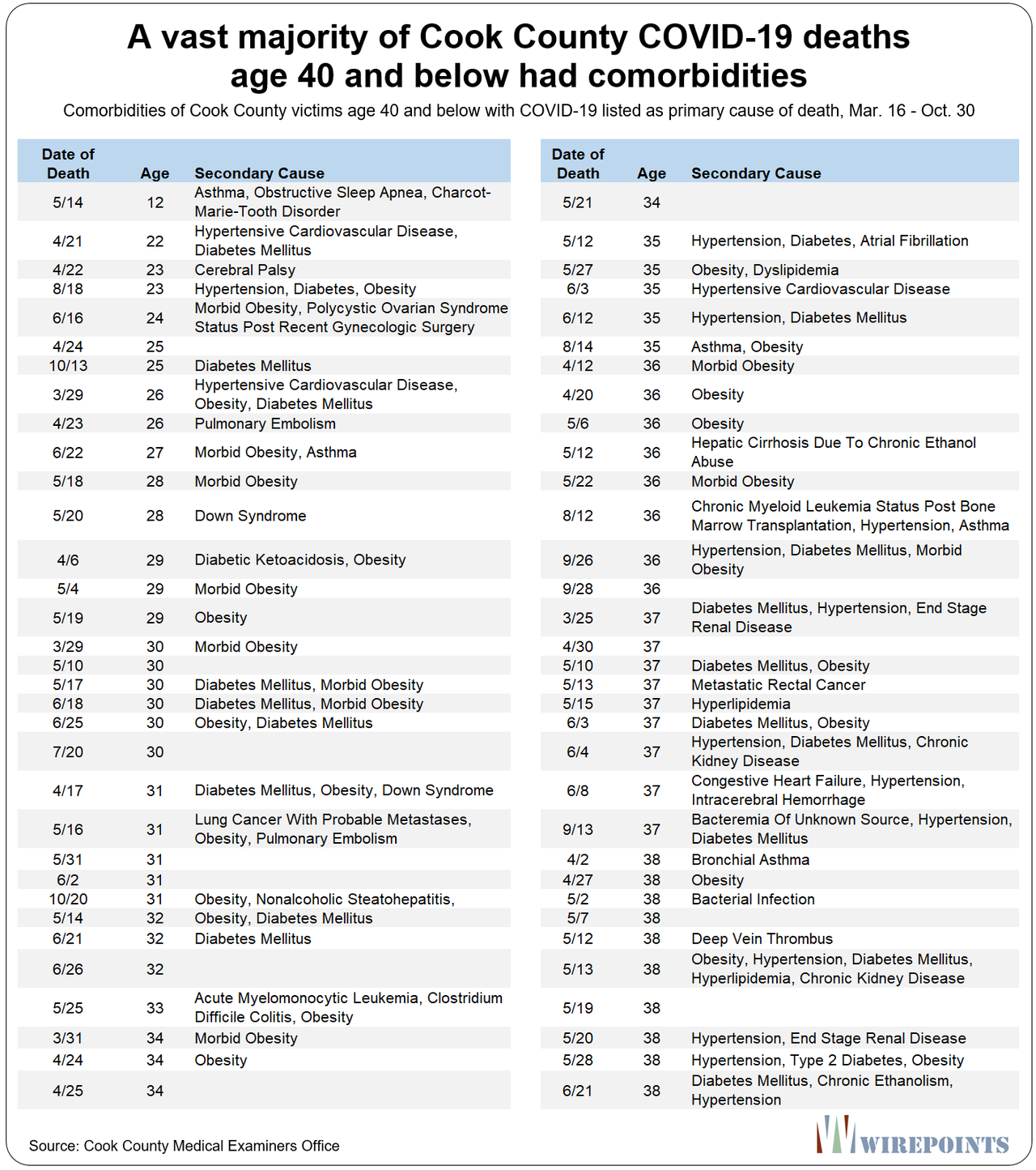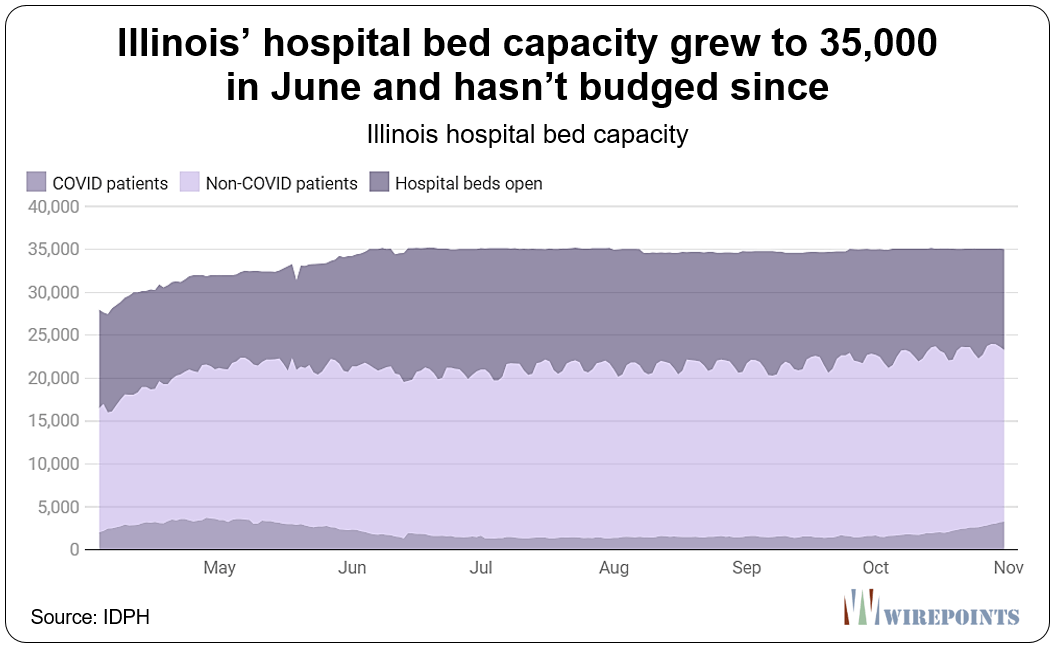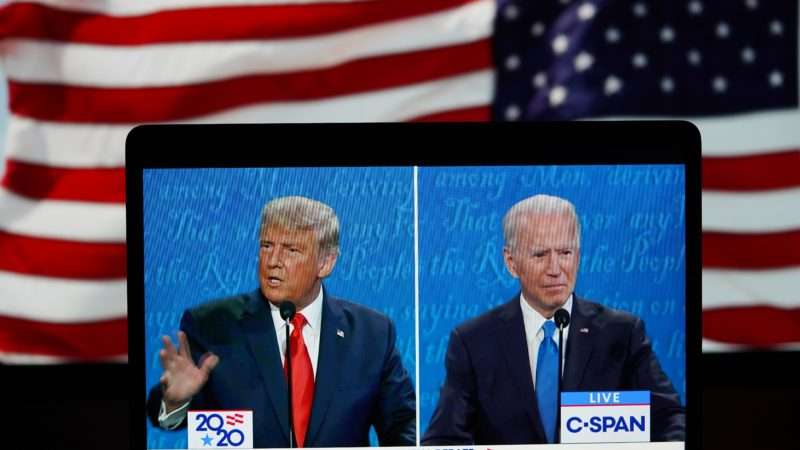
As dawn broke on the final day of voting in election 2020, Libertarian Party (L.P.) presidential nominee Jo Jorgensen was polling nationally at around 1.8 percent, and above the margin between President Donald Trump and former Vice President Joe Biden in five states: Ohio, Texas, Georgia, Iowa, and (in scant polling) Alaska.
That’s a far cry from 2016 Libertarian nominee Gary Johnson’s last pre-election polling average of 4.8 percent, or even the former New Mexico governor’s disappointing-to-many final tally of 3.28 percent.
“Beating Gary’s last numbers would be success,” Jorgensen told Reason‘s Eric Boehm one month ago, while also complaining about not being included in nearly as many polls this cycle. “I’m hoping to beat his second run. But, you know, put it this way: I will consider it not a success if I don’t at least his beat his numbers from his first run.”
Johnson’s 2012 exertions won him 0.99 percent of the national vote, or just a hair under the L.P.’s then-record haul of 1.06 percent in 1980, in a ticket headed by Ed Clark and financed by deep-pocketed vice presidential nominee David Koch (yes, that one). So what Jorgensen is saying that anything below 1 percent would be a disappointment.
Certainly, many Libertarians would consider even a 1.1 percent showing—just one-third of 2016!—to be a bummer, while many two-party voters (including not a small number of self-described small-l libertarians) would use it as an opportunity for ridicule, or at least critique of how the party always seems to squander its opportunities. Democrats and Republicans aren’t even talking about reducing government and expanding freedom anymore, in a country where those issues have resonated historically, and all you got was this lousy one percent?
But as the clock ticks toward the first poll-closings at 7 p.m. eastern, I would suggest at least entertaining another interpretation. Maybe 1.1 percent in this third-party-unfriendly environment would be an accomplishment, cementing the L.P.’s transformation over the past decade from a mostly non-podium performer that couldn’t win over even half of a percent of the electorate from 1984–2008, to the third party in the United States. (Yes, yes, insert “tallest dwarf” joke here.)
Consider: As of late October (per the indispensable Richard Winger), in the 32 states that register voters by party, there were 47.1 million Democrats, 35 million Republicans, and 33.7 independents. Libertarians, while a distant third at 652,000, towered above Greens (240,000), the Constitution Party (130,000), the New York–based Working Families (50,000), and the desiccated husk of Ross Perot’s Reform Party (9,000).
Jorgensen, with a fraction of the name recognition of 2008 Libertarian nominee Bob Barr (then an ex-GOP congressman who made his name in the impeachment trial of Bill Clinton), is polling ahead of all third-party and independent presidential candidates in every state except New York (where, after just two polls, she trailed independent Brock Pierce and Green Party nominee Howie Hawkins). This on the heels of Gary Johnson beating all third-party comers in all 50 states.
Barr, on the other hand, finished with just 0.4 percent of the vote, behind the 0.56 percent of four-time independent candidate Ralph Nader, who Barr beat in just six states.
When Jorgensen, the party’s vice presidential nominee in 1996 (Harry Browne won just 0.5 percent of the vote that year, behind both Nader and Perot), finishes in third place tonight, that will mark the third consecutive presidential bronze medal for the L.P.—something no political party has pulled off since the Socialists between 1916–1932.
Put another way, of all voters who selected neither a Democrat nor a Republican for president, 57 percent of them chose a Libertarian in both 2012 and 2016, the party’s highest-ever such share, topping Ron Paul’s 48 percent in 1988. Polling suggests that Jorgensen is likely to repeat that performance, even with such luminaries as Kanye West on some ballots. The dominant alternative to the political status quo is called “Libertarian.”
And contrary to a common critique, it’s not just about presidential elections. The party has more than 200 elected officials, mostly in state and local positions, though since April their ranks have included for the first time a sitting (if lame-duck) member of Congress, Rep. Justin Amash (L–Mich.). Elected Libertarians do useful stuff, like pass occupational licensing reform, remove ancient prohibitions from the books, and reform public-sector pensions.
That sound you hear is aggressive eye rolling from Democratic and Republican voters, who are busy battling the most important election in the history of mankind, and have no patience left for political LARPers. And fair enough—marginal blocs will always be treated marginally, at least until we’re needed to help push through the types of libertarian reforms that major-party politicians talk about but rarely accomplish: ending the drug war, bringing the troops home, reducing the size of government, protecting free speech, even helping improve infrastructure.
But the more that libertarians retain their own discrete political identity, rather than latching on like barnacles to the rusty tankers of the two major parties, the more likely that their affections will be solicited, rather than taken for granted. President Donald Trump is out there stressing anti-war themes to 2016 Johnson voters, and that’s not a bad outcome at all (if inferior to actually ending our Forever Wars).
The past week has featured many semi-prominent libertarian media personalities ripping each other’s faces off (rhetorically) in advance of the election. It will ever be thus—have you met libertarians? There is a powerful lure to be part of something that could be, if you squint at it just right, characterized as winning. It would be pretty to think that this Republican or that Democrat is gonna really do the libertarian things just as soon as he/she wins the next election.
In the face of those temptations, and the motivating negative polarization of seeing awful politicians and ideologies in or near power, it’s a wonder there’s much of any third-party juice left four years after a bitterly divided election. If in this context, a relative no-name candidate produces the party’s second-best-ever result, while beating all other third partiers in all 50 states, I’d call that an accomplishment.
Who knows if and when our 19th century political groupings will transmogrify into something new, or even perhaps stumble off into the sunset. When that day nears, people will be looking anew toward the next available alternative. Right now, for better and for worse, warts—so many warts!—and all, that alternative is called “Libertarian.” And will be on Wednesday, too.
from Latest – Reason.com https://ift.tt/34Z8HDH
via IFTTT
